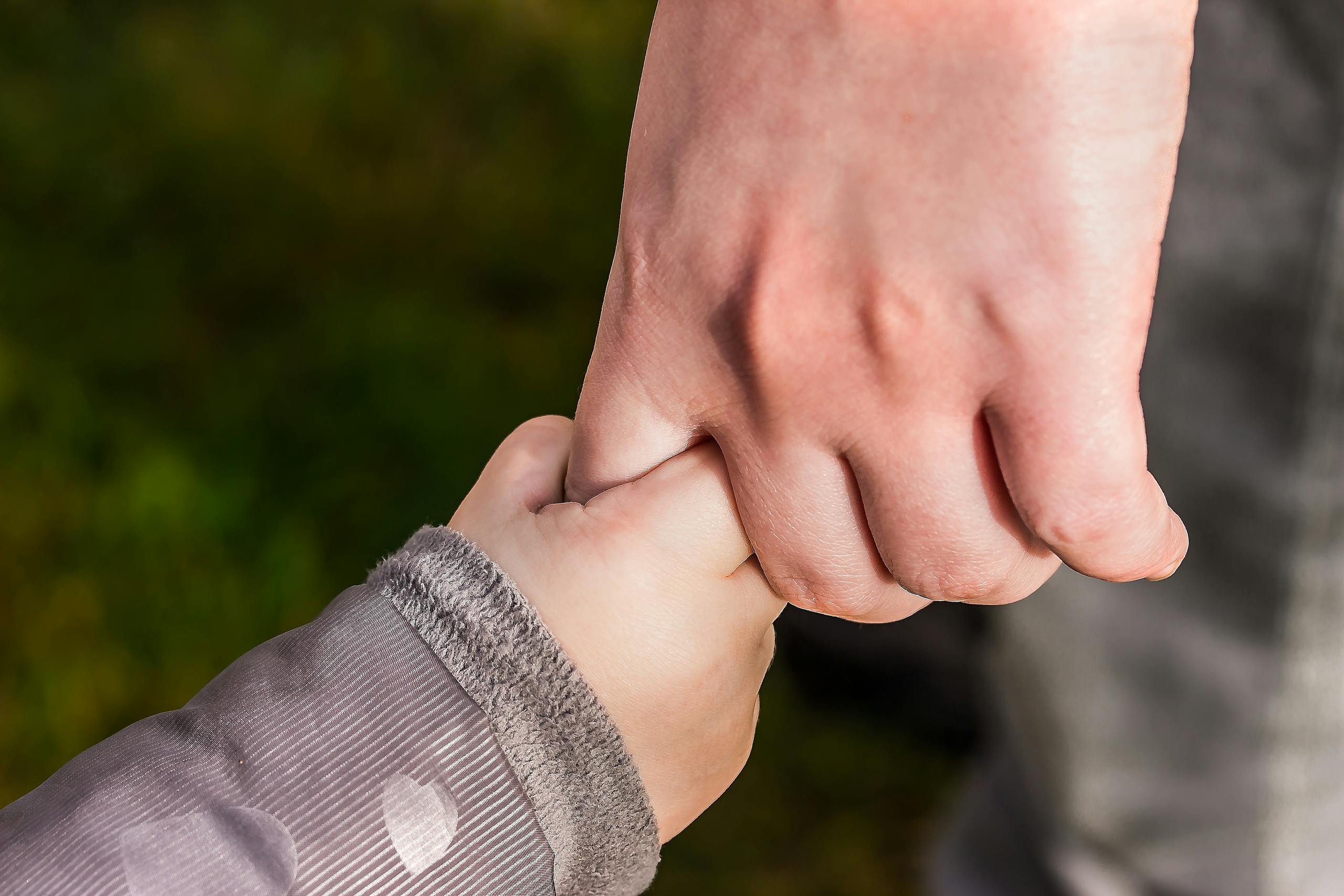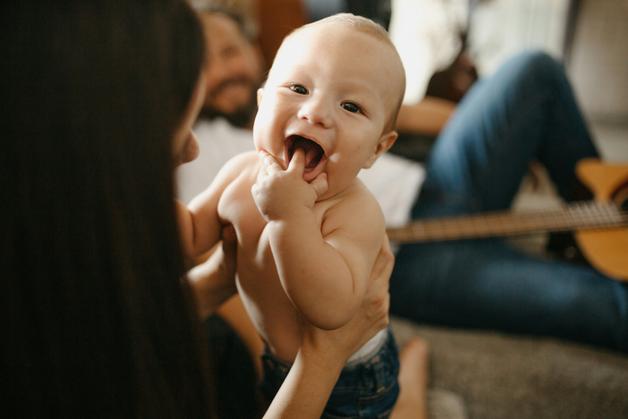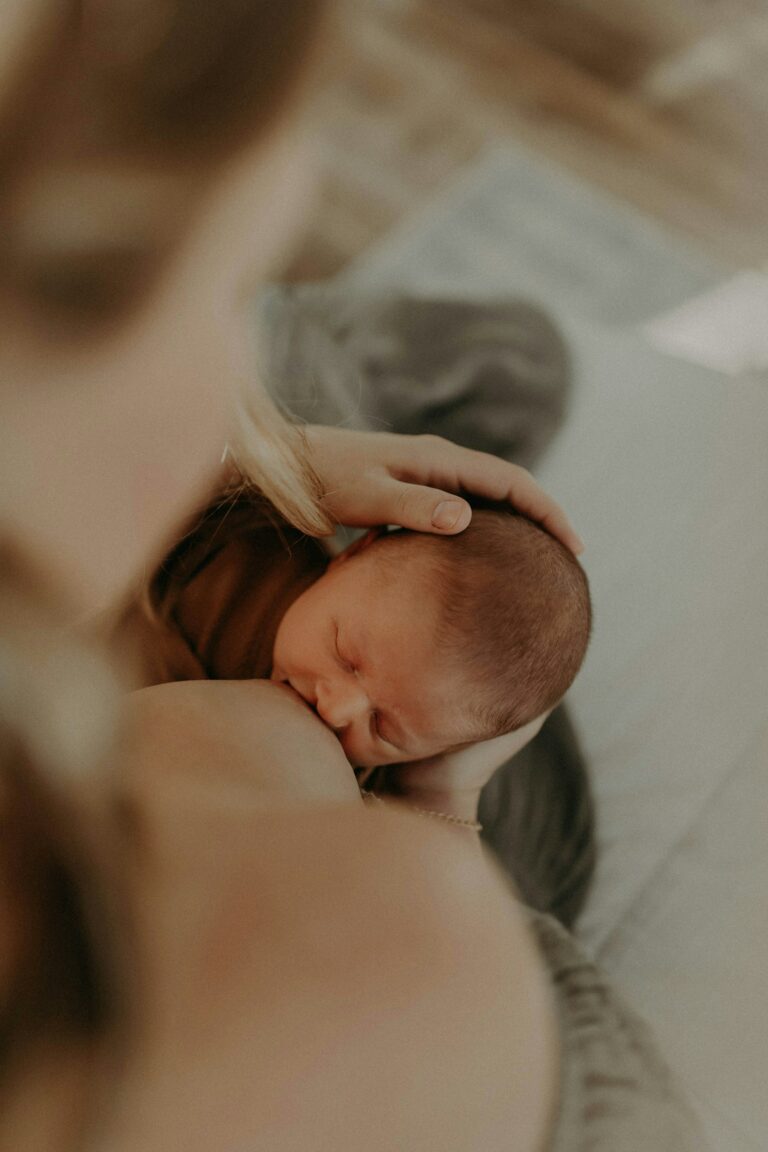Parents. You waited months, imagining a tiny bundle with twinkling eyes, peachy skin, and that heartwarming little smile. But when your baby finally arrives, the reality knocks harder than expected—perhaps a misshapen head, a squished face, little red spots, or features nothing like those textbook-perfect newborns crowding your social feeds. You find yourself whispering the words you never thought would cross your mind: baby not cute what to do? A punch of confusion, a sprinkle of guilt, maybe even worry about bonding or, worse, what others might say. Rest assured, these emotions do not reflect the depth of your care or potential as a parent. Here begins an exploration: why these feelings appear, what science says, how babies change, and—most importantly—how to nurture connection, resilience, and wellbeing for both your child and yourself.
You might wonder—are these reactions temporary? Is there a scientific reason babies sometimes look… surprising? Can support and self-kindness transform this rocky start? From medical explanations to clever bonding rituals and mental health support, discover a roadmap for moving beyond appearance and focusing on your child’s health, temperament, and individuality. Prepare for medical clarity, everyday solutions, and the reassurance that the story blooms far beyond first looks.
Why Do Some Parents Wonder “Baby Not Cute What to Do”?
Biological Marvels and Medical Explanations
Childbirth is, in every sense, an intense transition. The pressure in the birth canal and hours spent curled in a confined uterine space produce dramatic effects. Babies commonly arrive with caput succedaneum (the swelling of the scalp), or with positional plagiocephaly—that so-called “flat head,” emerging from head pressure during delivery. Even the dramatic redness or splotchy skin? That’s simple vascular adaptation to life outside the womb, sometimes aggravated by erythema toxicum neonatorum, a common post-birth rash that resolves on its own.
And puffy eyelids? Blame nature’s very own eye mask, protecting delicate tissues from birth trauma. You might spot lanugo, the fine hair, or bluish hands and feet (acrocyanosis) as their little circulatory system takes its first independent steps. Do not forget: milia (tiny white cysts), forceps marks, and even slight genital swelling often fade away soon. Does this align with your “cute baby” expectations? Likely not. But these features—though striking at first—are nearly always temporary, medical professionals reassure.
Psychological Whirlwind: From Imagination to Reality
A baby arrives, and so do complex emotions. Thanks to media, family stories, and cultural ideals, parents often develop strong mental images of what their child should look like. When reality doesn’t match imagination, an inner question may rise: baby not cute what to do? Hormonal changes—particularly the rapid drop in estrogen and progesterone after birth—can heighten mood swings, amplify fatigue, and make self-doubt louder. If the bond doesn’t spark instantly, it is not a fault. It’s a physiological response to a profound adjustment.
Between Expectation and First Glance
Nine months prepare you for a dream; twelve hours of labour introduce the real child. No filter, no photoshopping, only truth—the raw and honest beginnings of a relationship that will blossom over time. Remember: Nature’s “cute” features (large eyes, full cheeks) are supposed to elicit care, but individual variation means not every baby fits this pattern in those first days or even weeks.
Accepting Emotions—Even the Uncomfortable Ones
It’s helpful to give a name to what you feel. Discomfort, disappointment, relief, confusion: all are legitimate. Psychological research describes “postnatal emotional adjustment” as a broad spectrum—some find instant joy, others need weeks or months before the connection grows naturally stronger. Be gentle with yourself. If, after welcoming your newborn, your mind circles around baby not cute what to do, know this moment is only one small scene in a very long story.
Doubts? Of course. Fatigue? Absolutely. Guilt? Understandable, but unnecessary. What matters most is the intention: every feeding, cuddle, and sleepless night is laying the foundation for attachment—whether or not a spark is felt in those first days.
Support, Sharing, and the Power of Community
Why stay silent? Quietly shouldering worries about your child’s appearance, or your own awkward reactions, only increases isolation. Paediatricians, midwives, and psychologists are well-versed in such emotional realities. Opening up, whether in private consultations or parent groups, normalises your experience. Many parents report feeling lighter once the words “baby not cute what to do” pass their lips—especially when they hear “I felt exactly the same.” Digital communities and peer support groups, both online and offline, can soften loneliness and offer perspective.
The Evolution of Your Baby’s Appearance
Physiological changes in the days and weeks post-birth border on miraculous. Swelling recedes, skin colour evens, and muscle tone improves as your baby adapts to life outside the uterus. Is your newborn’s head shape odd? In most cases, the malleability of cranial bones ensures normalisation over a few weeks—regular paediatric monitoring will quickly catch rare exceptions.
If your baby carries a haemangioma (a bright red birthmark) or a “stork bite” (nevus simplex), these are usually harmless and may fade or shrink over months and years. Unique features, like epicanthal folds or persistent birthmarks, rarely signal a health problem—but seek a medical check if you notice major asymmetry, difficulty feeding, or growth delays.
Sometimes, a lasting difference—perhaps a scar, or a deep-set dimple—becomes a cherished part of your family’s story, a visual reminder that beauty isn’t boxed into “perfection.” Wondering “baby not cute what to do” months later? Now’s the time to celebrate individuality.
How Science Understands “Cuteness”—Attachment Beyond Looks
The concept of the baby schema, or Kindchenschema, coined by ethologist Konrad Lorenz, explains why certain features (like large eyes and rounded cheeks) are so powerful in activating caregiving behaviour. But that’s not the whole story. Research in neuroscience and developmental psychology highlights that true attachment blooms through routine, comfort, and sensory interaction—sound, smell, even a baby’s grip on your finger.
Oxytocin, called the “love hormone,” is released with every skin-to-skin contact, every gaze, every feeding—regardless of looks. In fact, longitudinal studies indicate no correlation between initial parental rating of cuteness and the later strength of the parent-child bond. Over time, consistent caregiving, recognition of each milestone, and confident, positive interaction transform the relationship far beyond what first impressions predicted.
Emotional Well-Being—Releasing Guilt and Embracing the Journey
Parental guilt is a persistent visitor. It creeps in quietly when your feelings don’t align with fantasy or when comparisons to other families seem inescapable. Many mums and dads have secretly wondered baby not cute what to do after a casual remark from a friend or an innocent comment from an aunt. Letting go of that shame is important.
The bond you form is not a race—or a beauty contest. Consistency, gentle ritual, and warm touch are the building blocks. However, if sadness or unease lingers, or anxiety colours daily life, reach out—mental health support and time-tested resources can help you transition from worry to acceptance and flourishing.
Everyday Bonding—Care Routines That Matter
Bonding, science says, isn’t made in an instant but is woven through daily acts of care:
- Skin-to-skin contact: Regulates your baby’s heartbeat, improves immune response, encourages emotional security, and can even stabilise body temperature.
- Responsive parenting: Notice hunger cues, addressing comfort needs; baby learns trust.
- Interactive play: Even simple eye contact, a gentle song, or a finger grasp triggers neural growth and builds lasting emotional ties.
- Routine: Feeding, bathing, softly massaging, or reading at bedtime create predictability.
- Attend to your own well-being—rest whenever possible, ask for support, and don’t hesitate to delegate household chores.
If you find yourself repeating “baby not cute what to do” while participating in these rituals—pause. Connection grows quietly, even in moments you doubt its formation.
Navigating Social Comments and Expectations
Social comparison is inescapable. Family, neighbours, random acquaintances—someone always has an opinion. What if remarks about your baby’s appearance sting? Preempt judgment by focusing the conversation on your child’s emerging personality, laugh, or a new skill. Responses like “We’re cherishing every stage as they grow” effectively diffuse tension while reinforcing your focus on growth and wellbeing.
Limit exposure, if needed, on social media or in large gatherings. Surround yourself with supportive people who see value beyond aesthetics.
How to Nurture Self-Esteem Over Time
A child’s self-worth is constructed from repeated experiences of unconditional acceptance and encouragement. Model this: celebrate your child for effort, resourcefulness, and kindness—not for fitting a standard of beauty. Steer conversation away from appearance-based compliments or critical comparisons, and spotlight what’s meaningful—curiosity, humour, kindness, perseverance.
Should you worry about lasting effects? If concerns about attachment or self-image persist, early intervention with a paediatrician or mental health expert is highly effective, offering reassurance and tailored strategies.
Rethinking Notions of Beauty—Celebrating Diversity
Cultural ideals change with time, family narrative, and place. Embrace the uniqueness of your own child. Over weeks, what may have struck you as unusual can become profoundly cherished. Notice shifts in personality, playfulness, and new accomplishments. Baby not cute what to do? Redirect that question: how can this family celebrate originality and grow stronger together?
When Appearance Warrants Further Medical Attention
Nearly all variations in newborn appearance are benign and self-resolving. However, if you notice persisted facial asymmetry, notably unusual eye placement or shape, feeding difficulties, chronic lethargy, or consistent poor weight gain, book a paediatric assessment. Early medical evaluation offers peace of mind and ensures early care when needed. Trust your intuition—if something feels off, don’t hesitate to seek professional advice.
Key Takeaways
- Wondering “baby not cute what to do” is more common than imagined. Initial doubts or awkward feelings do not reduce your love or caregiving ability.
- Physical features at birth reflect normal physiological adaptation—not fixed appearance.
- Bonding is built through routines, touch, and emotional reciprocity; love is not defined by looks.
- Social comments and internalised pressure can sting—stay focused on individual strengths, health, and joyful connection.
- Should persistent emotional discomfort arise, mental health professionals and parent support resources stand ready to help.
- Every family’s path is unique—patience, self-kindness, and adaptation remain the heart of confident parenting.
- For personalised advice and free child health questionnaires, explore application Heloa.
Questions Parents Ask
What can I do if I am struggling to bond because my baby does not look like I expected?
Sometimes, expectations set during pregnancy don’t align with reality, and that can feel unsettling. If you find yourself thinking “baby not cute what to do,” try to prioritise small, consistent acts of care—touch, soothing words, and gentle observation. Every cuddle, every feeding, and every quiet moment together strengthens the emotional bridge. If feelings of disconnect persist, consult a paediatrician or mental health professional for guidance—they understand these early challenges are common and treatable.
Is it normal to feel disappointed about my baby’s appearance?
Absolutely. Many parents experience a mix of surprise and even disappointment in those early days. “Baby not cute what to do” reflects a valid, though often unspoken, concern. Talk with someone you trust—a healthcare provider, friend, or therapist. Open conversation lessens emotional weight and can refocus attention on your child’s health and budding personality rather than physical attributes.
What helps me focus on my baby’s unique qualities instead of their looks?
Every child develops character and talents that rise above appearance. Notice little milestones—first smile, grip, new noise. Share with supportive friends or family what delights you about your baby beyond features. With time, celebrating personality and strengths will naturally recalibrate your attention, making the question “baby not cute what to do” much less urgent and more an invitation to grow as a family.









